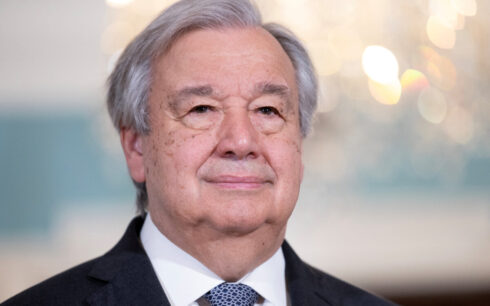TEHRAN, Iran — Iran had informed Russia of a potential major “terrorist operation” on its territory before last month’s massacre at a concert hall near Moscow, Reuters reported on Monday, citing three sources familiar with the matter.
In what has been described as the deadliest attack on Russian soil in 20 years, assailants armed with automatic weapons targeted attendees at the Crocus City Hall on March 22, resulting in at least 144 fatalities. The violence was later claimed by the Islamic State militant group.
The report added that the United States had also issued a warning to Russia about a possible attack by Islamist militants. However, Russia, skeptical of U.S. intentions, reportedly minimized the significance of the American intelligence. Nevertheless, intelligence from Iran, a close diplomatic ally, posed a challenge for Russia to overlook, especially considering the two nations’ strengthened military and cooperative ties amid the ongoing Ukraine conflict and shared experiences of Western sanctions.
“Days before the Russia attack, Tehran communicated to Moscow details of a potential large-scale terrorist attack within Russia, information that was obtained through interrogations of individuals detained after deadly bombings in Iran,” one source disclosed to Reuters.
In January, Iran detained 35 individuals, including a commander of the Islamic State’s Afghanistan-based branch, ISIS-Khorasan (ISIS-K), linking them to dual bombings on January 3 in Kerman, which claimed nearly 100 lives.
Islamic State took responsibility for the attacks in Iran, marking the deadliest incident since the 1979 Islamic Revolution. U.S. intelligence has attributed both the January 3 bombings in Iran and the March 22 shootings in Moscow to ISIS-K.
The Islamic State, known for its brief yet brutal dominion over large territories in Iraq and Syria and for inspiring attacks in Western nations, was declared territorially defeated in 2017.
ISIS-K, deriving its name from an historical region encompassing parts of Iran, Turkmenistan, and Afghanistan, established itself in eastern Afghanistan in late 2014, gaining notoriety for its extreme brutality.





